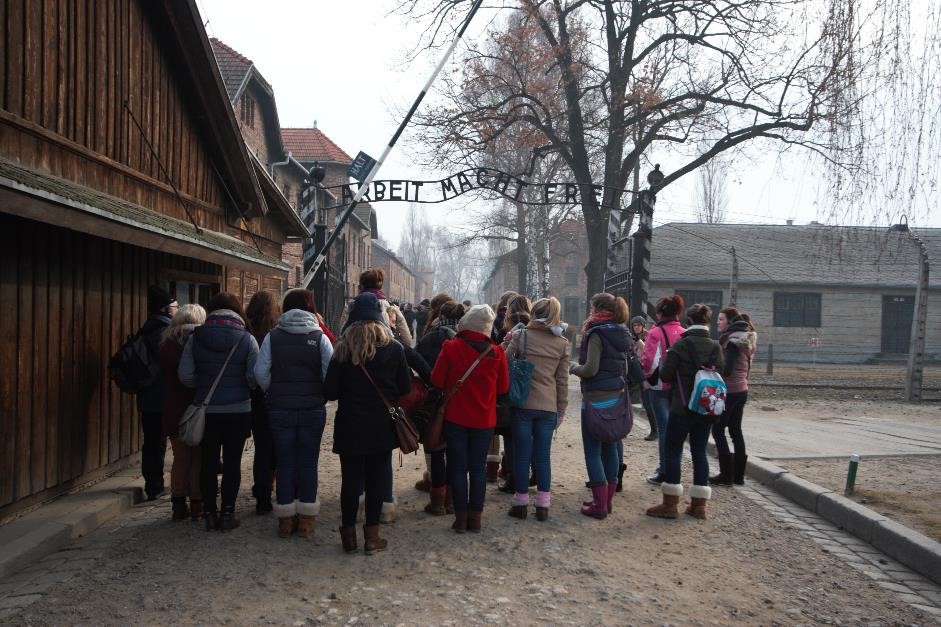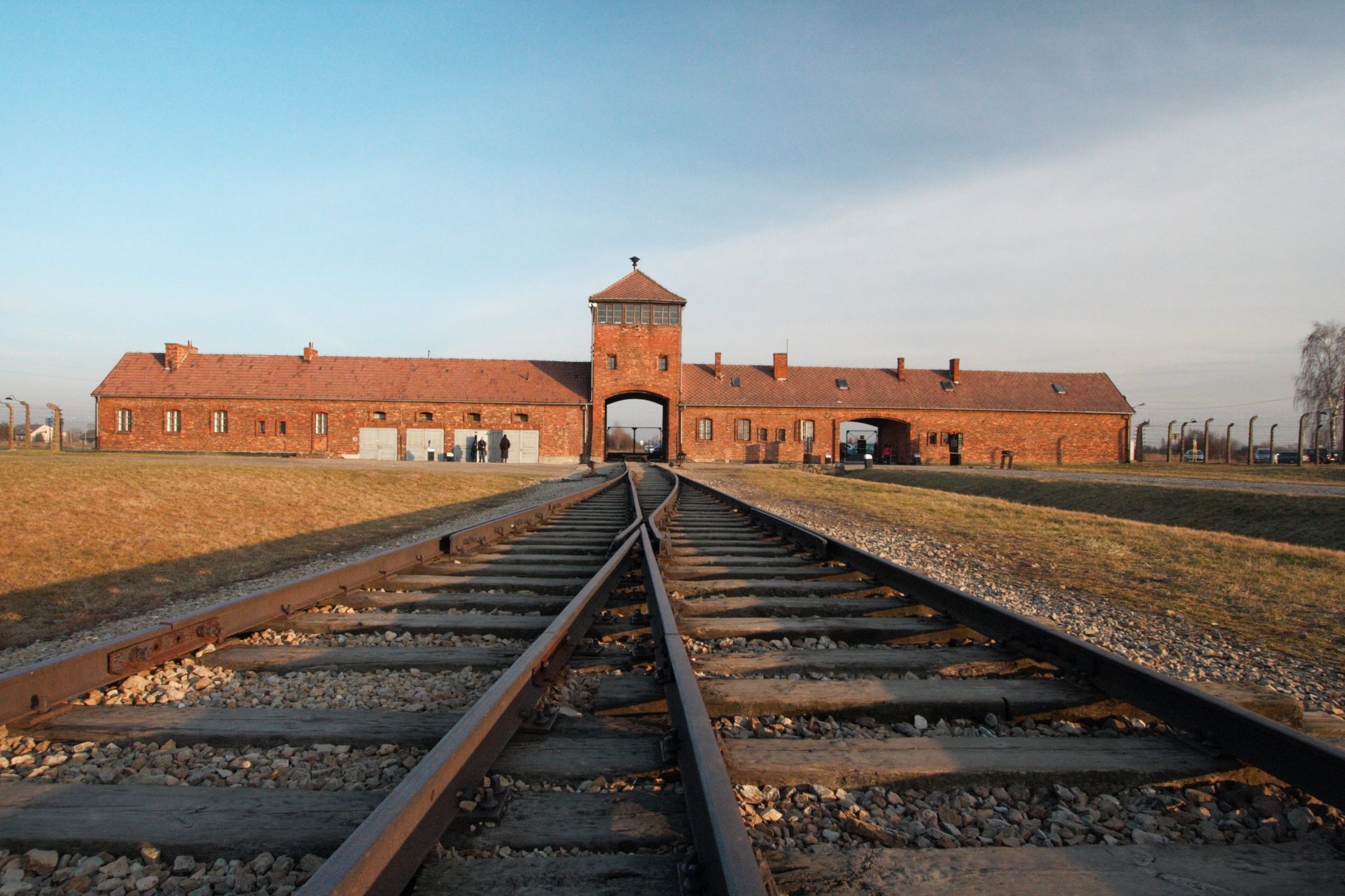
27 January, Holocaust Memorial Day. It marks the anniversary of the liberation of Auschwitz Concentration and Death Camp, where Auschwitz I and Auschwitz-Birkenau (II) were sites of mass murder.
Birkenau was built specifically to murder the Jews of Europe, resulting in well over 1.1 million Jews from European nations being killed there. And as a whole, approximately six million Jews were killed by the Nazis, as well as thousands of other innocent people targeted by the Nazi regime.
As the numbers of victims begin to add up, it becomes more and more impossible to comprehend. But the Holocaust is incomprehensible – the very idea that innocent people should be rounded up and killed should make no sense.

How then do we make people understand what happened? How is it possible to make it real? In the classroom, I have found the most important element of overcoming the impossible scale is to explore the stories of the real people. Young people need to be taught about the factual history of the events and those involved, not just presented with concepts of what the Nazis thought and how they carried them out.
It is essential to remember that the victims weren’t numbers, but real people with real lives and real dreams. That is why when you visit sites of the Holocaust, the most important elements are those that present the lives of the individual. When you visit Auschwitz, the camp that was built in occupied Poland, it is the artefacts that really bring it home, not the buildings.
For me, it is always the piles of women’s hair that first connects me to the harsh reality of what happened. I always find myself reaching for my own hair, and that physical sensation creates a real connection to the lives of those in front of me.
In Berlin, it is the square where the Nazis burnt the books that is my first connection to the reality of the Nazi period. As I stand in the square and look down into the memorial, I am reminded of my own bookshelves and the joy I have from reading – and then how the Nazis attempted to destroy that joy and invoke fear for those who sought to learn and gain knowledge.
The burning of the books is not just a reminder of the attempts to limit society, but also the complicity of the ordinary people in carrying out the burnings and being willing to support the oppression.
If you travel to Munich, you can visit one of the sites and memorials to the Scholls. Sophie and her brother, Hans, were part of the White Rose organisation that spread anti-Nazi materials and challenged the Nazi leadership. The Scholls were caught and remained defiant that they would not stand by and watch their society destroyed. Both were executed, but their memory lives on for what individuals can do if they choose to stand up for their beliefs, rather than hide from difficult decisions.
All across Europe there are sites that connect us to the reality of the Holocaust. There are places that tell us the names of those killed (not just the statistics), and ones that remind us of the acquiescence of people in accepting the prejudices and limitations of freedom as they were introduced.
The scale of the Holocaust, both in terms of numbers and geographical reach, should not be a hindrance in trying to understand the crimes of the Nazis. It should be a reminder of how far prejudice can go if unchallenged.
The Holocaust has become a symbol of horror, a byword for man’s inhumanity to man, but it is not a concept. It is a real event of history that affected real people and there are reminders of that all across Europe.
A visit to those sites can connect us to the real people that lived through that time, and if we can feel that connection, perhaps it is possible to fully understand the importance of learning from that terrible time and being conscious of the result of both our actions and inactions.
Holocaust Memorial Day is not only a chance to remember those that humanity should have protected, but to reflect on our own humanity.